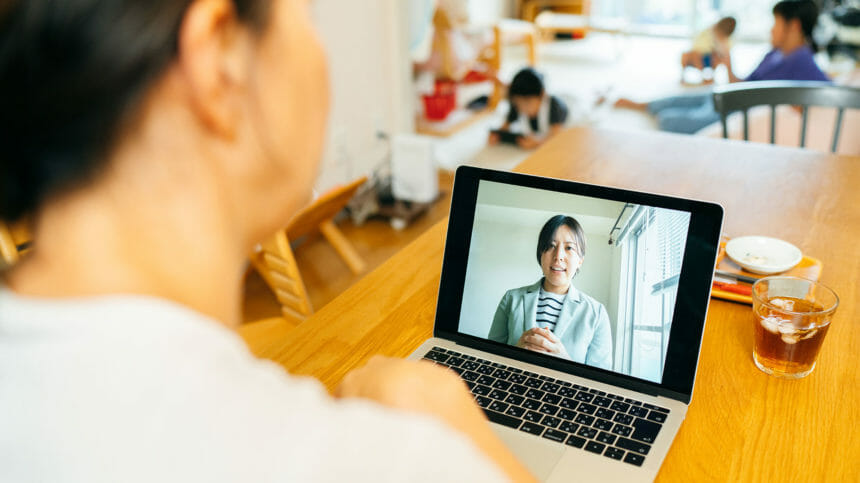
A mix of telehealth and personal visits can yield better results for patients than strictly in-person visits, according to a technology leader at Dallas-based home healthcare firm AccentCare.
During a webinar Tuesday for the National Association for Home Care & Hospice, the company’s chief clinic innovation officer released findings from a telehealth study the company conducted last year. Dave Davis told NAHC members the speed in which seniors adapted to virtual visits helped increase outcomes and satisfaction for those patients.
“Things we wouldn’t expect for an 80-year-old to necessarily do, they were able to do them. They learned a lot during the pandemic on how to better engage with their providers,” Davis said.
AccentCare studied more than 300 of its patients between May and June of last year. One group received a mix of telehealth and in-person visits, while the other group received all in-person care. The company found a 6.7% overall improvement in outcomes for patients in the first group, versus those in the second. The group that received a mix of telehealth and in-person visits also saw improvements in oral medication management by 16% and pain management by 11%.
“I think because we are doing more focused teaching (with telehealth) in regards to medication and pain management and in regards to adherence and reconciliation of drug regimens … (it) apparently paid off quite well,” Davis said.
Last year, the Centers for Medicare & Medicaid Services instituted waivers allowing increased access to telehealth during the COVID-19 Public Health Emergency. CMS estimates about a third of Medicare’s 63 million beneficiaries received telehealth services between March and October of 2020. Providers are lobbying for continued coverage of telehealth beyond the PHE.
AccentCare found telehealth proved very effective in wound care, physical therapy and speech therapy. It also helped reduce overall costs by cutting expenses for personal protective equipment and transportation for field staff.
Davis advised home health agencies considering expanding telehealth after the PHE ends to make sure both leadership and staff are onboard with using the technology and understand the benefits.
“It does add to the flexibility of your patient care plan. It adds to job satisfaction because if some of these visits can be done virtually, there is a lot less driving,” Davis explained.




